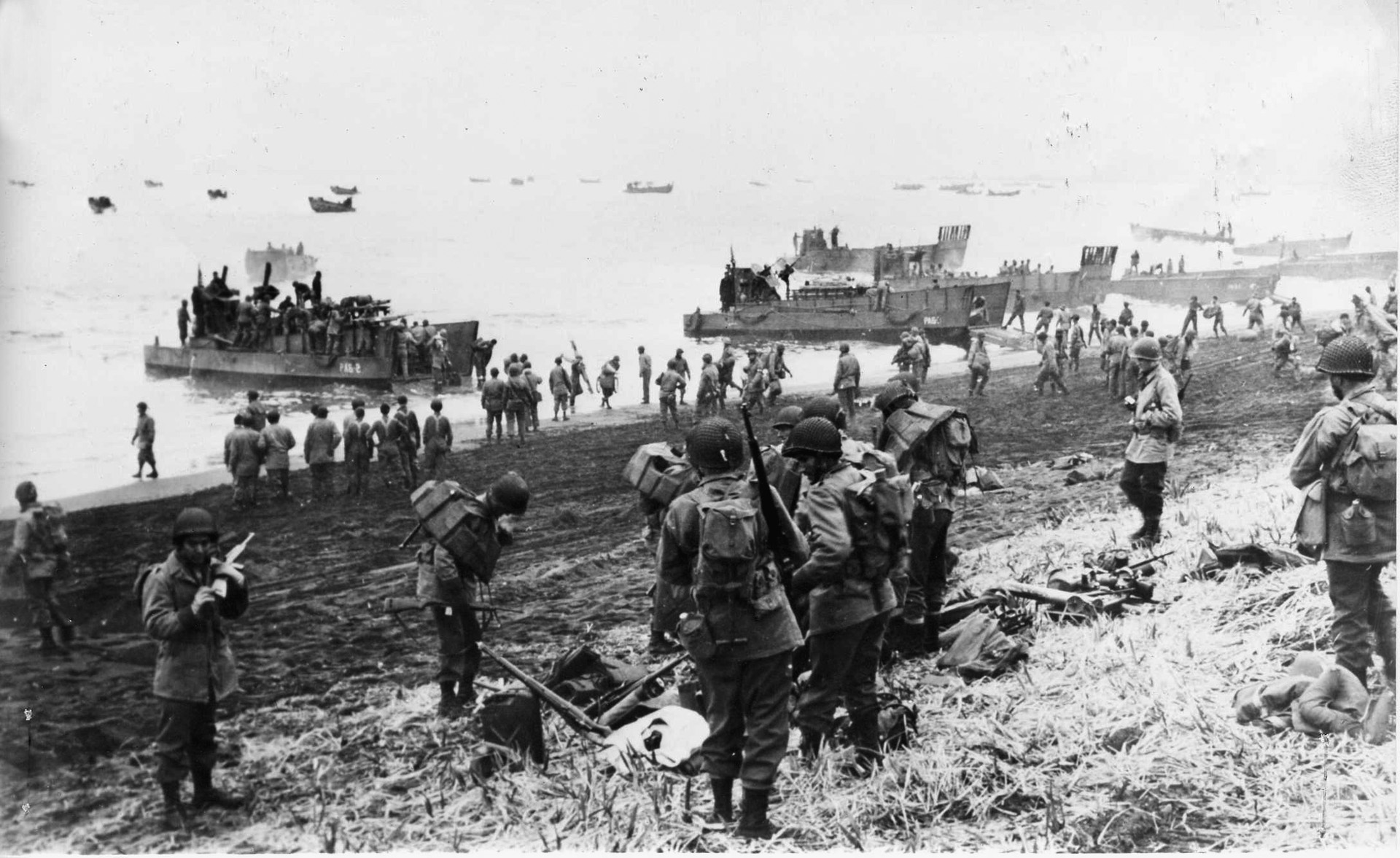Since the days of Sargon the Great, there have been tens of thousands of battles fought. They have varied vastly in levels of importance and scale. To whittle them down to a single list may seem a daunting task. Understandably so, as most lists compiled by different people would inherently be different. It is difficult to put battles of antiquity and medieval times into context. Especially, when compared to great modern battles, such as the Hundred Days' Offensive, Battle of Stalingrad, and the Battle of the Bulge. As arduous as the task may be, this is my list of five battles that changed the world.
1) The Battle of Gaugamela - 202 B.C.
Alexander the Great led a Greek army against the forces of the Achaemenid Empire, who were led by Darius, the King of Kings. The Persian king would offer many bribes and gifts to Alexander as he made his way through Egypt, attempting to buy him off - attempts which Alexander would largely ignore. Following the siege of Tyre, the two largest military powers of classic antiquity met in an open field. This encounter would decide the future of the ancient world. The Macedonians stuck to the coastline during their march, utilizing the navy for resupplies. Though largely outnumbered, Alexander's army would destroy Darius' forces before taking control of Babylon and Mesopotamia, putting an end to an empire which had lasted 220 years. Hence, the legendary event is our top pick for battles that changed the world.
2) The Battle of Zima - 202 B.C.
Hannibal of Carthage led his army across the arduous Alps into Italy. Doing so, he had lost at least half of his army to the elements. Starvation, was pervasive as the journey lasted 23 days total. Hannibal's strategy relied on Rome's allies aligning under his banner, a tactic which only began to work after several years in Italy, after suffering crushing defeats at the hands of Hannibal in the Battles of Cannae, Lake Trasimene, and Trebia, each of which would see the Romans lose entire legions of soldiers - Cannae and Lake Trasimene being particularly costly to the Romans.Finally, Scipio Africanus would defeat Hannibal's forces and their Numidian allies. Doing so with a daring, fiery night raid, slaying tens of thousands before marching to Carthage, where he defeated Hannibal in a field battle. Scipio employed new tactics in order to deal with Hannibal's elephants. The Battle of Zima was the closest any nation would ever get to destroying Rome through direct military action.
3) The Battle of Tuetoberg Forest - 9 C.E.
The Roman Legions, under Emperor Augustus, attempted to invade and conquer the Germanic tribes of Lower Saxony, led and commanded by Publius Varus. Arminius, a member of Varus's auxiliary, was a Roman citizen. As well as being educated in Roman military tactics. When Varus heard reports of a local revolt, he diverted his Legions through unfamiliar territory. While Arminius led them through harsh terrain which quickly exhausted the Roman heavy infantry. Also, luring them to an area which would facilitate an effective ambush. After leaving the Roman formation with the premise of retrieving allied Germanic tribes, Arminius returned instead with the goal of launching ambushes against the Roman force, slaughtering three Roman legions. After this event, the Roman empire would cease it's efforts at northern expansion.
4) The Battle of Waterloo - 1815
Following the French Revolution, Napoleon Bonaparte led France on a rampage through Europe. Changing not only Europe but the way armies were formed. While the majority of countries in Europe maintained professional armies, these forces were generally small in number but well-trained. Napoleon's France, on the other hand, existed solely to support the war machine against the other European powers. Young men served in the Grande Armée, old men manufactured weapons. Women would sew and knit clothing and uniforms, while public squares were turned into armories and arms manufacturers. Napoleon was able to field a "Grande Armée" that outnumbered the troops of his opponents, though they outnumbered him several to one. Finally, the Duke of Wellington commanded a coalition of 6 nation-states which provided almost 120,000 troops against Napoleon. This would be Napoleon's final defeat, resulting in the end of the Hundred Days' War and Napoleon's reign as Emperor.
5) The Battle of Midway - 1942
Following codebreaking success by the United States Navy Intelligence, the United States Carrier Strike Force under Admiral Chester Nimitz set a trap for the Japanese Navy. Now aware they would be launching an attack at the Midway Atoll. American dive bombers and torpedo planes would be responsible for sinking four of Japan's fleet carriers in one day. Thus, dealing a blow the Imperial Japanese Navy would never fully recover from. Furthermore, ending the Japanese capability for long-range force projection. This resulted in the Allies securing naval supremacy in the Pacific which the IJN would never contest.Please let us know what battles you think changed the world!



%201.svg)









